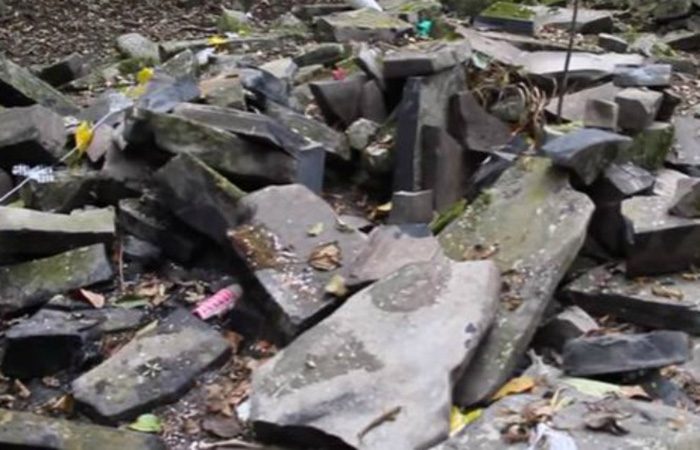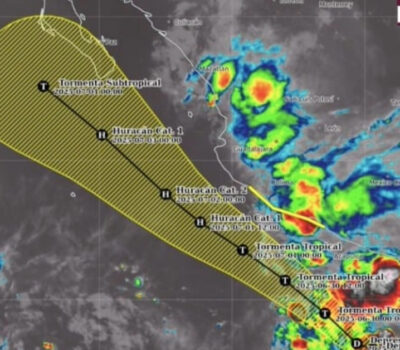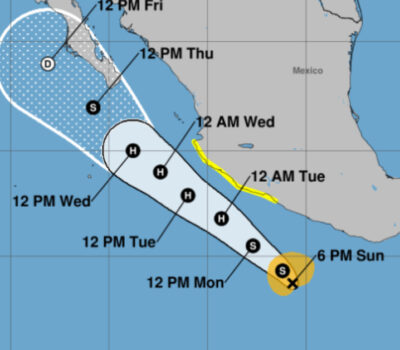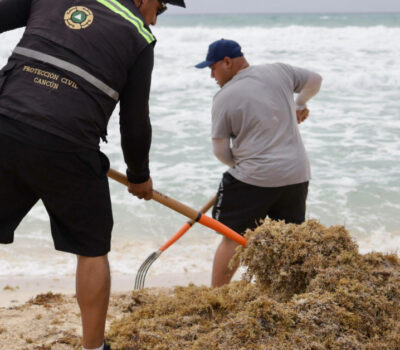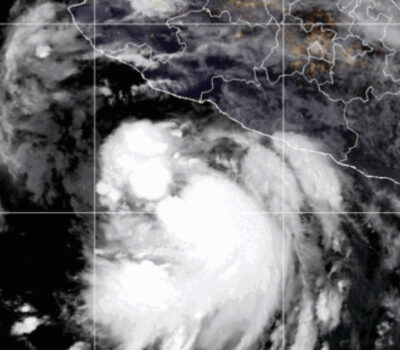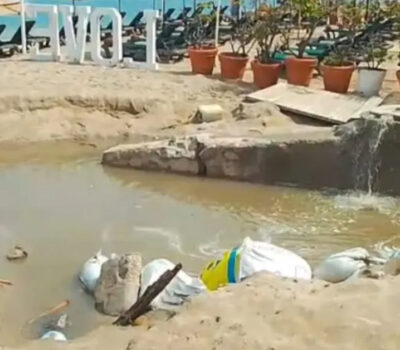Assailants have damaged an ancient Otomi Indian religious site in Mexico, toppling stone structures used as altars, breaking carved stones and scattering offerings of flowers, fruit and paintings at the remote mountain shrine known as Mayonihka or Mexico Chiquito.
The attack was unusual in a country where few ancient pre-Hispanic religious sites remain functioning.
A researcher who interviewed some of the attackers said they identified themselves as Jehovah’s Witnesses and viewed the altars as blasphemy. However, the spokesman for the Jehovah’s Witnesses in Mexico said Tuesday that the allegation appeared to be false.
A local official in the state of Hidalgo said Monday that some local residents were angered by what believed to be idolatry and had damaged the remote site.
“I don’t know what religion they belong to, but they destroyed several images that were there,” said Daniel Garcia, the municipal secretary of the nearby township of San Bartolo Tutotepec. “The thing is, there are some religions that don’t believe in using idols.”
Luis Perez Lugo, a professor at the University of Chapingo, visited the site in May and talked to residents of a nearby hamlet, El Pinal, whose residents said they had carried out the attack.
“I was there, and the Jehovah’s Witnesses said they had done it,” Perez Lugo said, noting some were recent converts to the religion who used to go to the site for Otomi ceremonies.
“They said it (the pre-Hispanic ceremonies) weren’t in their Bible, and, in their words, they said it was piggish, garbage that wasn’t in the Bible, and so they went to clear out what was offensive to their God.”
Gamaliel Camarillo, the Jehovah’s Witness spokesman in Mexico, said that “to the extent we have been able to investigate, we found this story to be false.”
“We know that if we want to be respected, we have to respect others,” Camarillo wrote. “People without prejudices who know the Jehovah’s Witnesses know that we don’t promote such acts.”
The site itself, deep in the forest near a river, is not particularly elaborate. There a few ancient stone walls, some with bas-relief carvings.
But it is significant in a country where most Indian religious sites were demolished or built-over over to make way for churches centuries ago.
Jaime Chavez, an Otomi poet who leads the group Otomi Nation, said Indians from several states “use the site to perform ceremonies for Mother Nature, and some even do weddings or baptisms.”
“The important thing is the (natural) space, not the objects” destroyed in the attack, said Chavez. “You can get more objects. What the elders want is for them to stop invading, or destroying the site.”
Chavez said the elders, known as badi, had apparently reached a sort of informal agreement with the intruders to leave the site in peace.
But the attack sparked a debate about how the ceremonial site should be protected.
Perez Lugo tried to hold an Indian conference there, including a ceremony meant to apologize to the gods for the damage. But other Indians objected, saying only local elders should hold ceremonies there. Perez Lugo attributed the resistance to academic rivalries between archaeologists, anthropologists and others who study Mayonihka.
A bigger danger is possible government intervention. Mexico’s National Institute of Anthropology and History is charged with guarding and preserving archaeological sites, but many Otomis don’t want it to take over.
“The authorities shouldn’t get ahead of themselves or try to fence off the area and make it into a dead zone” like many other ceremonial sites now covered by churches or used as tourist attractions. “What people want is for this to continue to be a living area” for ceremonial use.
Assailants have damaged an ancient Otomi Indian religious site in Mexico, toppling stone structures used as altars, breaking carved stones and scattering offerings of flowers . . .

